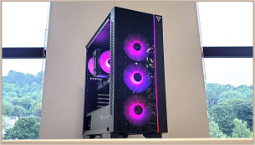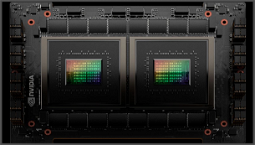How to make a full system image backup in Windows?
An image backup captures your entire system, inside and out, and can save the day in the event of a system crash, malware infection, or other disaster.
There are many ways to backup Windows, and some of those ways are better at certain things than they are at others. For many users – including yours truly – the best kind of backup is an image backup. Such a backup includes a copy of the Windows boot/system drive, including its various partitions. This captures the OS, your settings, your applications and your data files all at once.
An image backup is saved inside a single file called an image, and may be of type .IMG, .WIM (Windows Image format), VHD(X) for Hyper-V virtual machines, or .ESD (a compressed Windows image file format optimized for Internet download), among others. Like the answer to any good question, a listing of image file contents or constituents starts with “It depends.”
What does a full system image backup include?
The image backup only needs to capture the contents of what is called the C: or boot/system drive by default in Windows 10 and 11. However, for maximum utility and restore flexibility, an image backup will ideally include all of the partitions on the drive being backed up.
A map of a typical modern C: drive appears in Figure 1, shot from within the Disk Management tool (diskmgmt.msc).
Figure 1: A typical modern C: drive map
If you are imaging the C: drive, you will want to include the EFI partition as well, since this is where the boot loader and other device and OS installation capability resides. The C: Volume partition is where Windows runs, and where all the OS, application, and related settings, preferences, and so forth reside.
Finally, the Recovery Partition offers an alternate set of boot and OS files that can be used to start up and repair a damaged system/boot (C:) drive, restore a backup, and much, much more.
Older Windows 10 installation used to put the Recovery File between the EFI and the C: partitions. However, starting with Windows 10, the Recovery Image is stored as a separate, dedicated partition.
Imaging the entire boot/system drive means the whole contents of that drive can be wiped out, and restored from a backup. You can also turn that into a virtual disk, or even a virtual machine (for more on that, see How to run Windows in a virtual machine).
Image backup types
As mentioned, images are single files, and can be of various types, depending on the software used to create them. The following image file types are all recognised by Windows 10:
As you can see from the list, the .IMG file type is the oldest and most basic image file. Most capable image backup utilities include file-by-file restore capabilities. Use these to restore accidentally deleted or damaged files.
Depending on the image file type, you may also be able to mount it as a virtual drive, either in Windows or using a third-party virtual drive app. This can be very handy for examining the contents of an image, or even extracting files from it. This can save you the trouble of imaging files directly to the cloud, or to another external drive.
How to make a backup image in Windows
Now that we’ve covered the various things that an image backup can do, as well as the types of image file that Windows can handle, let’s talk about how to make such a backup in Windows.















